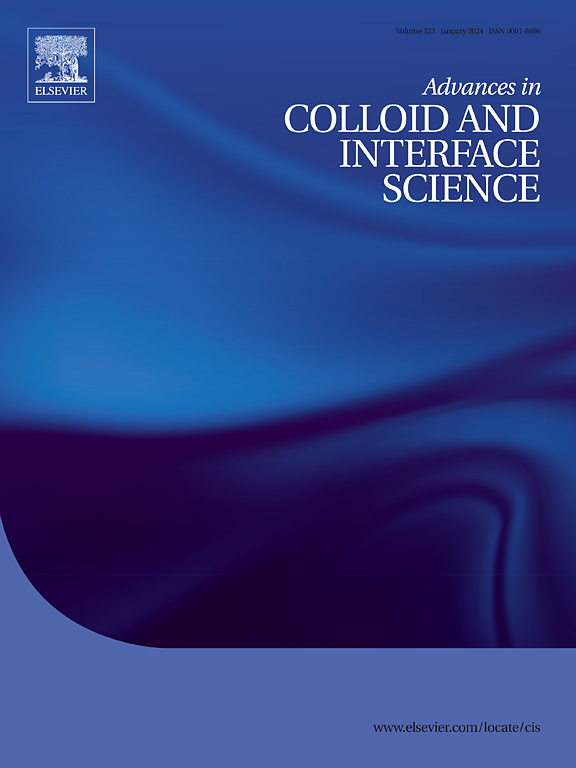NIR-activated multifunctional agents for the combined application in cancer imaging and therapy
IF 19.3
1区 化学
Q1 CHEMISTRY, PHYSICAL
引用次数: 0
Abstract
Anticancer therapies that combine both diagnostic and therapeutic capabilities hold significant promise for enhancing treatment efficacy and patient outcomes. Among these, agents responsive to near-infrared (NIR) photons are of particular interest due to their negligible toxicity and multifunctionality. These compounds are not only effective in photodynamic therapy (PDT), but also serve as contrast agents in various imaging modalities, including fluorescence and photoacoustic imaging. In this review, we explore the photophysical and photochemical properties of NIR-activated porphyrin, cyanine, and phthalocyanines derivatives as well as aggregation-induced emission compounds, highlighting their application in synergistic detection, diagnosis, and therapy. Special attention is given to the design and optimization of these agents to achieve high photostability, efficient NIR absorption, and significant yields of fluorescence, heat, or reactive oxygen species (ROS) generation depending on the application. Additionally, we discuss the incorporation of these compounds into nanocarriers to enhance their solubility, stability, and target specificity. Such nanoparticle-based systems exhibit improved pharmacokinetics and pharmacodynamics, facilitating more effective tumor targeting and broadening the application range to photoacoustic imaging and photothermal therapy. Furthermore, we summarize the application of these NIR-responsive agents in multimodal imaging techniques, which combine the advantages of fluorescence and photoacoustic imaging to provide comprehensive diagnostic information. Finally, we address the current challenges and limitations of photodiagnosis and phototherapy and highlight some critical barriers to their clinical implementation. These include issues related to their phototoxicity, limited tissue penetration, and potential off-target effects. The review concludes by highlighting future research directions aimed at overcoming these obstacles, with a focus on the development of next-generation agents and platforms that offer enhanced therapeutic efficacy and imaging capabilities in the field of cancer treatment.

nir激活的多功能药物在肿瘤成像和治疗中的联合应用
结合诊断和治疗能力的抗癌疗法对提高治疗效果和患者预后具有重要的希望。其中,对近红外(NIR)光子敏感的药剂由于其可忽略不计的毒性和多功能性而引起了人们的特别关注。这些化合物不仅在光动力治疗(PDT)中有效,而且在各种成像方式(包括荧光和光声成像)中用作造影剂。本文综述了nir激活的卟啉、花青素、酞菁衍生物以及聚集诱导的发光化合物的光物理和光化学性质,重点介绍了它们在协同检测、诊断和治疗方面的应用。特别关注这些试剂的设计和优化,以实现高光稳定性,高效的近红外吸收,以及根据应用产生的荧光,热或活性氧(ROS)的显着产量。此外,我们还讨论了这些化合物与纳米载体的结合,以提高它们的溶解度、稳定性和靶向特异性。这种基于纳米粒子的系统表现出改善的药代动力学和药效学,促进更有效的肿瘤靶向,并扩大了光声成像和光热治疗的应用范围。此外,我们总结了这些nir反应剂在多模态成像技术中的应用,这些技术结合了荧光和光声成像的优势,提供了全面的诊断信息。最后,我们讨论了当前光诊断和光治疗的挑战和局限性,并强调了其临床实施的一些关键障碍。这些问题包括与它们的光毒性、有限的组织渗透和潜在的脱靶效应有关的问题。该综述最后强调了未来的研究方向,旨在克服这些障碍,重点是开发下一代药物和平台,在癌症治疗领域提供增强的治疗效果和成像能力。
本文章由计算机程序翻译,如有差异,请以英文原文为准。
求助全文
约1分钟内获得全文
求助全文
来源期刊
CiteScore
28.50
自引率
2.60%
发文量
175
审稿时长
31 days
期刊介绍:
"Advances in Colloid and Interface Science" is an international journal that focuses on experimental and theoretical developments in interfacial and colloidal phenomena. The journal covers a wide range of disciplines including biology, chemistry, physics, and technology.
The journal accepts review articles on any topic within the scope of colloid and interface science. These articles should provide an in-depth analysis of the subject matter, offering a critical review of the current state of the field. The author's informed opinion on the topic should also be included. The manuscript should compare and contrast ideas found in the reviewed literature and address the limitations of these ideas.
Typically, the articles published in this journal are written by recognized experts in the field.

 求助内容:
求助内容: 应助结果提醒方式:
应助结果提醒方式:


